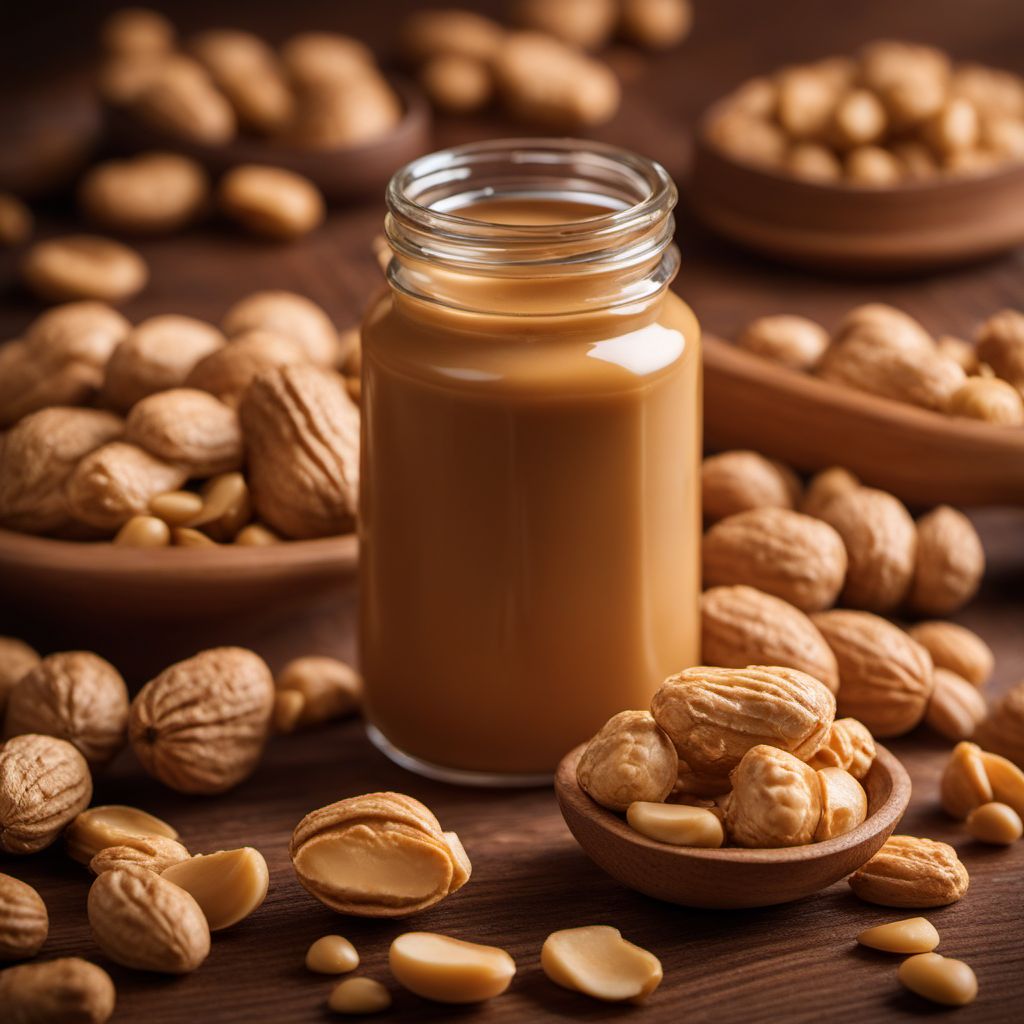
Ingredient
Peanut butter flavour
Nutty Bliss: Exploring the World of Peanut Butter Flavor
Peanut butter flavor captures the essence of roasted peanuts, offering a creamy and nutty taste that is both comforting and indulgent. It can be found in various forms, including spreads, extracts, powders, and oils, making it easy to incorporate into different recipes. The flavor is characterized by its distinct nuttiness and smooth texture, which adds depth and richness to dishes.
Origins and history
Peanuts, the source of peanut butter flavor, have a long history dating back thousands of years. They are believed to have originated in South America and were later introduced to other parts of the world through trade routes. Peanut butter, as we know it today, gained popularity in the United States during the early 20th century and has since become a staple in American cuisine. The flavor has also found its way into global cuisines, adding a unique twist to dishes from Asia to Africa.
Nutritional information
Peanut butter flavor is a good source of protein, healthy fats, and essential vitamins and minerals. However, it is also high in calories and should be consumed in moderation, especially for individuals with peanut allergies or dietary restrictions.
Allergens
Peanut butter flavor is derived from peanuts, which are known allergens. Individuals with peanut allergies should avoid products containing peanut butter flavor or opt for alternatives made from other nuts or seeds.
How to select
When selecting peanut butter flavor products, look for those made with high-quality peanuts and minimal additives. Read the ingredient labels to ensure they do not contain any allergens or unwanted additives. Opt for natural or organic options whenever possible.
Storage recommendations
To maintain the freshness and quality of peanut butter flavor products, store them in a cool, dry place away from direct sunlight. Peanut butter spreads should be refrigerated after opening to prevent spoilage. Powders and extracts should be stored in airtight containers to preserve their flavor and aroma.
How to produce
Producing peanut butter flavor at home can be challenging, as it requires specialized equipment and processes. However, amateur cooks can experiment with making their own peanut butter by blending roasted peanuts until smooth and creamy. This homemade peanut butter can then be used to infuse various dishes with the beloved nutty flavor.
Preparation tips
Peanut butter flavor can be used in a variety of ways, from baking to cooking. It is commonly used in desserts such as cookies, cakes, and ice creams, adding a nutty twist to these treats. In savory dishes, peanut butter flavor is often used in sauces, dressings, marinades, and dips, bringing a unique and delicious element to dishes like satay, pad Thai, or African peanut stew.
Culinary uses
Peanut butter flavor is widely used in both sweet and savory dishes. It can be found in desserts such as cookies, brownies, pies, and candies, as well as in savory dishes like stir-fries, curries, and sandwiches. Additionally, peanut butter flavor is a popular choice for smoothies, milkshakes, and protein bars, providing a nutty boost of flavor and nutrition.
Availability
Peanut butter flavor is commonly available in most regions and countries, as peanuts are cultivated and consumed worldwide. However, the popularity and availability of specific peanut butter flavor products may vary depending on the local culinary preferences and food culture.
More ingredients from this category » Browse all

Tropical flavour
Exotic Delights: Unleashing the Vibrant Essence of the Tropics
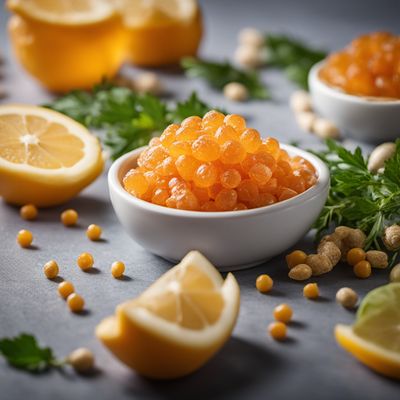
Fish flavour
"The Ocean's Symphony: Exploring the Delicate and Savory Fish Flavour"

Honey flavour
The Sweet Essence of Nature

Currant flavour
The Essence of Currant: Unveiling the Flavorful Delight

Carob flavouring
Carob Flavouring: A Natural Alternative
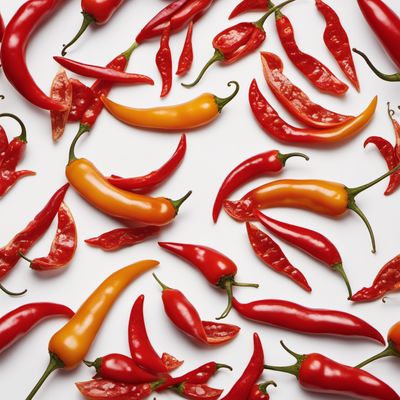
Chili flavour
The Fiery Essence

Walnut flavour
Nutty Elegance

Sour flavour
The Tangy Twist: Unveiling the Secrets of Sour Flavour
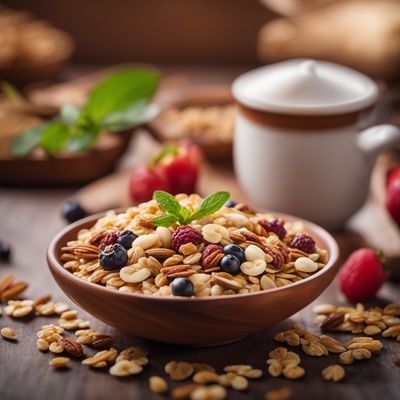
Muesli flavour
A Symphony of Crunch and Sweetness: Unveiling the Muesli Flavor

Marsala flavour
The Enchanting Essence of Marsala
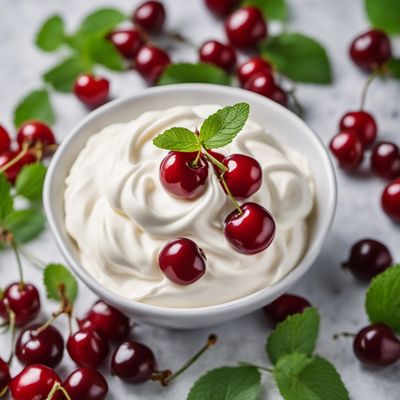
Sour cream cherry flavour
The Tangy Twist of Cherry Sour Cream
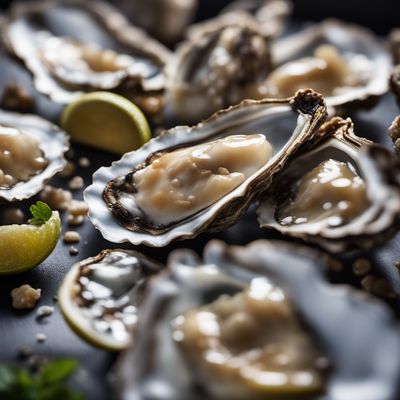
Oyster flavour
"The Ocean's Umami: Exploring the Delicate and Savory Oyster Flavour"